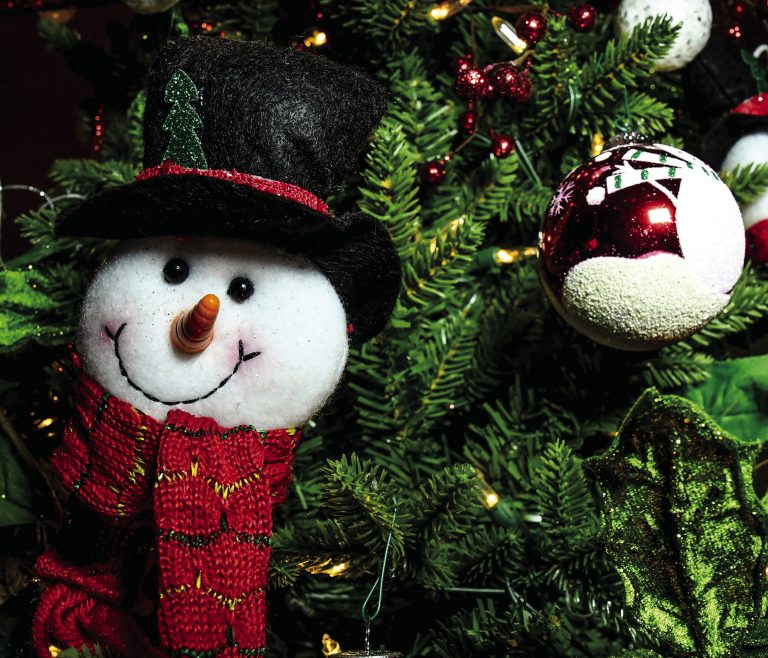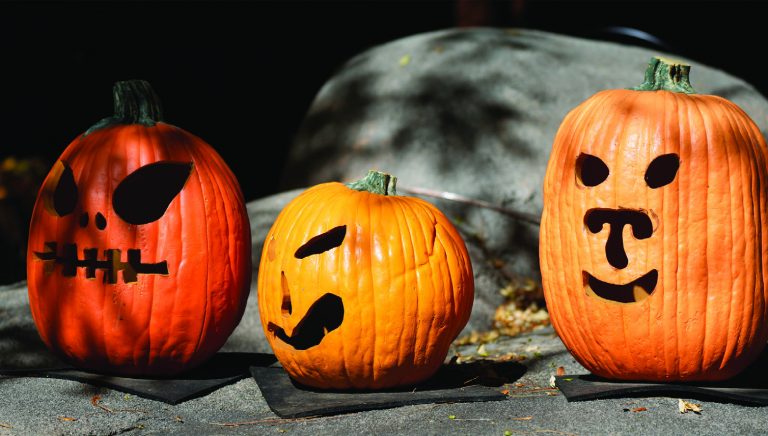Thanksgiving is a few weeks away and planning ahead is always your best bet. By planning your menu early and shopping for your needed groceries when they are on sale will help keep your stress level and the expenses lower than if you didn’t take the time to plan. The USDA offers many helplines to get you through your holiday meals and I will list them in this column, but first let’s get busy by asking ourselves a few simple questions. First, how do you decide on the turkey? Well, that depends upon if you want to purchase a fresh or frozen bird and how big of a bird that you want. Either way, plan on purchasing a bird that isn’t bigger than what your refrigerator can hold. A fresh bird will need to be kept cold until you are ready to cook it and you should only purchase it about one to two days in advance. A frozen bird can be purchased at any time ahead of the holiday, but it needs to have enough time to thaw and the best method of doing this is in your refrigerator. If you don’t get it in the refrigerator in time, you can use the cold water thawing method. Either way, please avoid purchasing a prestuffed turkey.






